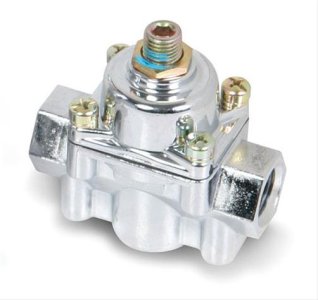200
Well-known member
Hi fellas,
Let me start by saying”I’m not a mechanic “
But for the last two years I’ve been working on a 1964 Ford Falcon that my 14 year old granddaughter just loves.
It was running fine until the fuel pump went out and I can’t seem to get it to stay running after installing the third new fuel pump. The new fuel pumps kept flooding the carburetor ( leaking out of the vent valve rod hole). I installed a new pressure regulator ( Holley ) set the pressure to 41/2 lbs. and it ran beautifully again for about five minutes and died once again and won’t restart.
Can someone take a novice to school on how to resolve my problems and get my cherished Falcon fixed?
Let me start by saying”I’m not a mechanic “
But for the last two years I’ve been working on a 1964 Ford Falcon that my 14 year old granddaughter just loves.
It was running fine until the fuel pump went out and I can’t seem to get it to stay running after installing the third new fuel pump. The new fuel pumps kept flooding the carburetor ( leaking out of the vent valve rod hole). I installed a new pressure regulator ( Holley ) set the pressure to 41/2 lbs. and it ran beautifully again for about five minutes and died once again and won’t restart.
Can someone take a novice to school on how to resolve my problems and get my cherished Falcon fixed?



